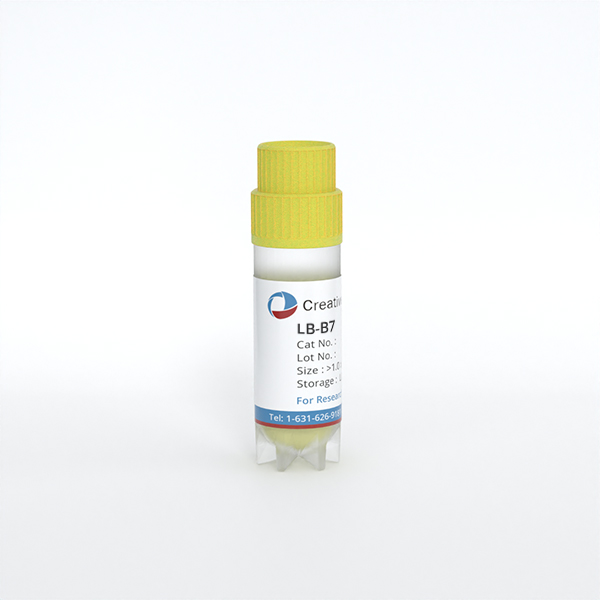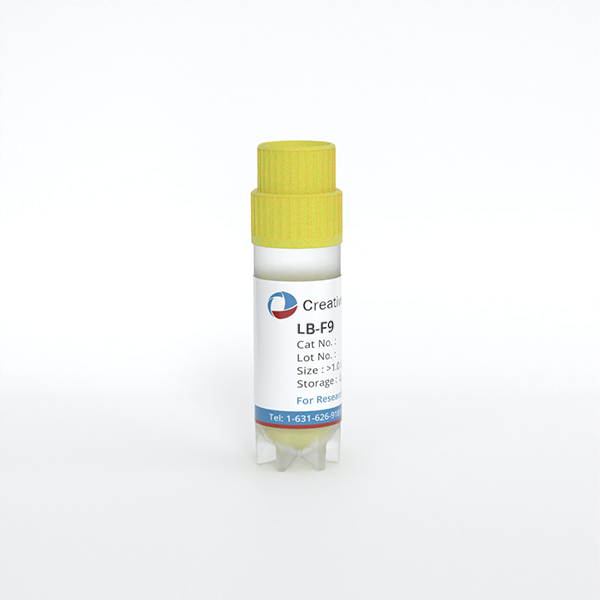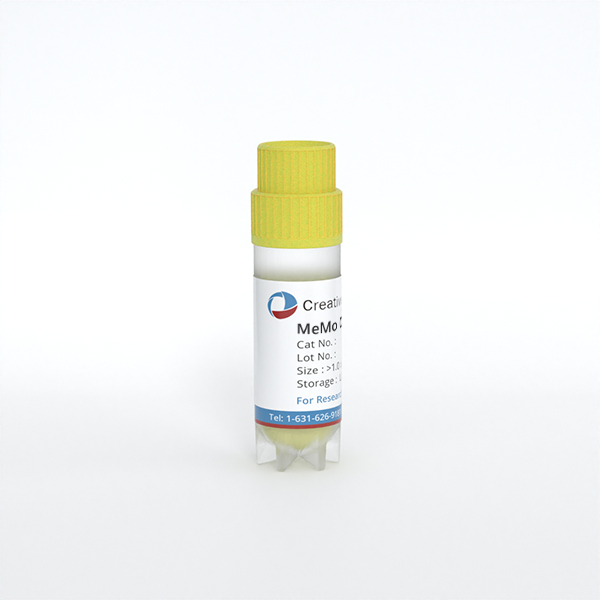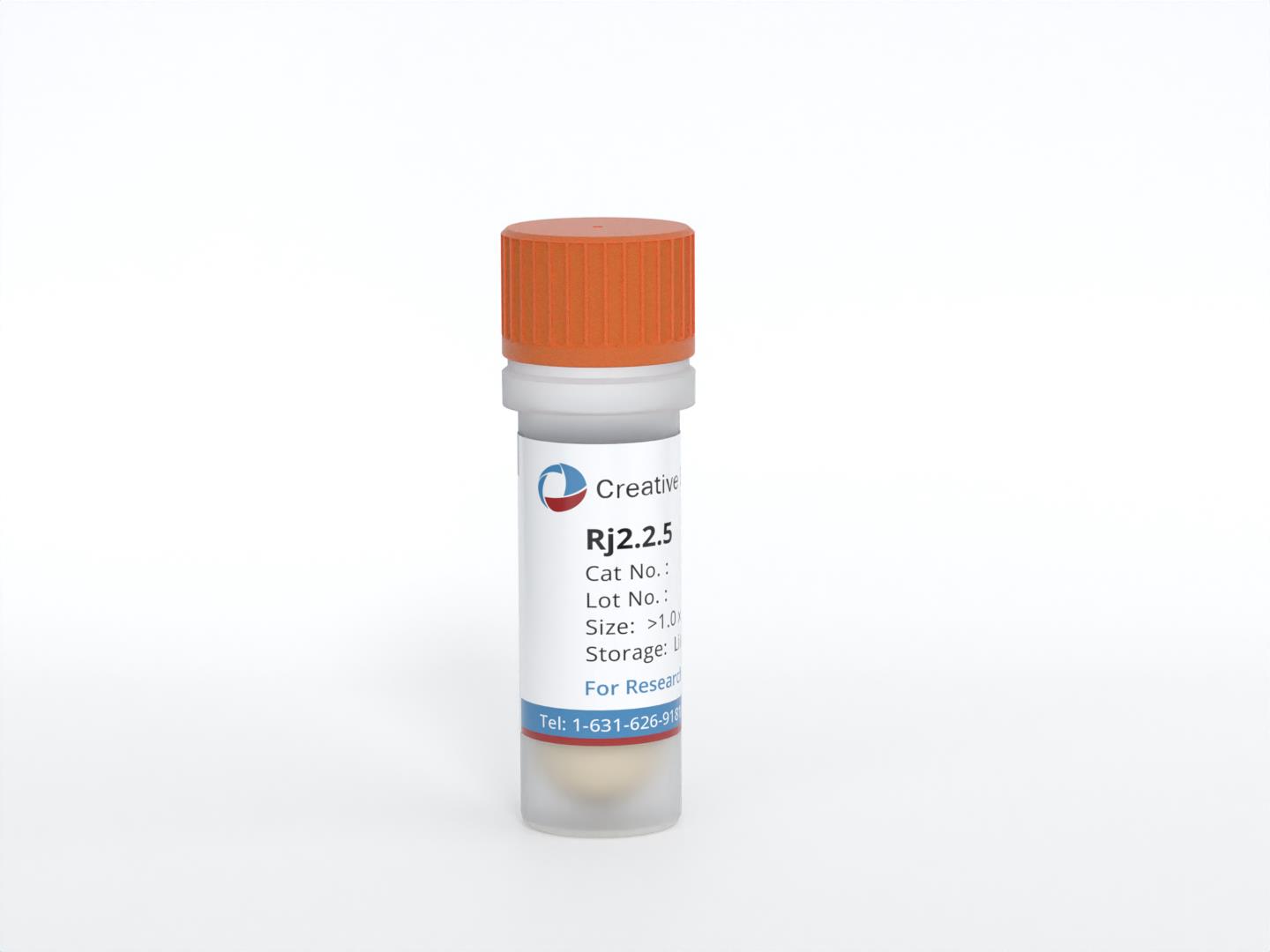Featured Products
Our Promise to You
Guaranteed product quality, expert customer support

ONLINE INQUIRY

MEC-1
Cat.No.: CSC-C0508
Species: Human
Source: chronic B cell leukemia
Morphology: round to polymorphic cells growing in suspension, singly or partly in small aggregates, a few cells are slightly adherent
Culture Properties: suspension
- Specification
- Background
- Scientific Data
- Q & A
- Customer Review
Immunology: CD3 -, CD10 -, CD13 -, CD19 +, CD20 +, CD34 -, CD37 +, CD38 +, cyCD79a +, CD80 +, CD138 +
The MEC-1 cell line was established in 1993 from the peripheral blood of a 61-year-old Caucasian man diagnosed with chronic B cell leukemia (B-CLL) in prolymphocytoid transformation to B-PLL. This cell line is a serial sister cell line to MEC-2. The MEC-1 and MEC-2 cell lines represent two CLL subclones in different stages. The CLL cell which was the origin of the line entered into a differentiation state that enabled the expression of the Epstein-Barr Virus (EBV) encoded growth program. However, T-cell-derived factors suppressed one or both proteins pivotal for proliferation (EBNA-2 and LMP-1), and the cell followed its own EBV-independent proliferation dynamic in vivo.
The MEC-1 cells are defined as chronic B-CLL cells, and they typically exhibit a morphology of round to polymorphic cells growing in suspension, either singly or partly in small aggregates. Some of the cells appear slightly adherent. The MEC-1 cell line has been used in various studies. For instance, it was utilized in a study on the effect of pirtobrutinib on BCR pathway signaling, where it served as a model system with diverse BTK backgrounds. Another study showed that the EBV-induced proliferation of the MEC cells belonging to the subclones with markers of PLL aligns with earlier reports where cells of PLL disease were infected in vitro and immortalized to LCL. They also demonstrated that the expression of EBV-encoded proteins can be determined in the event of infection.
Expression of the EBV Encoded Latent Proteins in MEC1 and MEC2 Cell Lines
The EBV-carrying lines MEC1 and MEC2 were established earlier from explants of blood-derived cells of chronic lymphocytic leukemia (CLL) patients at different stages of progression to prolymphocytic transformation (PLL). The support for the expression of the EBV-encoded growth program is an important differentiation marker of the CLL cells of origin that was shared by the two subclones.
All cells in the MEC1 and MEC2 lines express both EBNA-2 and LMP-1. Thus they correspond to Type III latency (Fig. 1A). Two antibodies were used for LMP-1 detection, CS1-4, and S-12, and localized mainly to the cell membrane. The pattern with CS1-4 was dotted while it was patchy with the S-12. The LMP-1 staining showed also that MEC2 cells are larger and analysis of the populations shows a shift to the larger sizes in the MEC2 culture. The immunoblots detected a higher level of EBNA-2 in the MEC2 cells (Fig. 1B).
Analysis of the promoter activities confirmed the Type III latency with the difference in the transcription program of EBNA-s. In MEC1 cells only the W promoter, Wp, while in the MEC2 cells Cp and Wp were active. Wp activity was twofold higher in MEC1 than in MEC2. Dual usage of Wp and Cp is regular in the Type III LCLs.
 Fig. 1 Comparison of the MEC1 and MEC2 cells. (Rasul E, et al., 2014)
Fig. 1 Comparison of the MEC1 and MEC2 cells. (Rasul E, et al., 2014)
HIF-PH as a Potential Therapeutic Target for CLL
HIF-PH is an enzyme that degrades the HIF1A protein and is encoded by the EGLN1 gene. Inhibition of the HIF-PH protein stabilizes the HIF1A protein in cells. Molidustat is a targeted inhibitor of HIF-PH whose primary clinical use is in the treatment of renal anemia. Short hairpin RNA (shRNA) was used to construct a lentivirus to knock down EGLN1, which encodes HIF-PH, in CLL cell lines. The control group was transfected with lentivirus containing the same vector with a scrambled sequence. After transfection, the efficiency of individual lentiviral knockdown was determined using qPCR (Fig. 2A). After 3 days of puromycin screening, plates were seeded at a density of 105/mL and the growth curves of each group were plotted. Cells of the knockdown group grew significantly slower than those of the control group (Fig. 2B). Furthermore, flow cytometry was used to detect apoptosis in each group and found that the apoptosis rate of the knockdown group was higher than that of the control group (Fig. 2C).
To further investigate the value of targeted inhibition of HIF-PH, the CLL cell lines MEC-1 and HG3 and normal human mononuclear cells were treated with the HIF-PH-targeting inhibitor molidustat. The results showed that the half maximal inhibitory concentration (IC50) of molidustat on MEC-1 and HG3 was approximately 20 μM (Fig. 3A, B), but molidustat had little effect on normal human mononuclear cells at this concentration (Fig. 3C). Next, the effect of molidustat on apoptosis was examined in MEC-1 cells using flow cytometry, with ibrutinib as a positive reference. Molidustat induced apoptosis in MEC-1 cells in a concentration-dependent manner (Fig. 3D).
 Fig. 2 Effect of EGLN1 knockdown on the growth of the CLL cell line MEC-1. (Guo W, et al., 2022)
Fig. 2 Effect of EGLN1 knockdown on the growth of the CLL cell line MEC-1. (Guo W, et al., 2022)
 Fig. 3 Effect of molidustat on MEC-1 and normal mononuclear cells. (Guo W, et al., 2022)
Fig. 3 Effect of molidustat on MEC-1 and normal mononuclear cells. (Guo W, et al., 2022)
It is a technique that allows for the precise localization of a specific segment of nucleic acid within a histologic section.
MEC-1 and MEC-2 cell lines are serial sister cell lines. They represent two CLL subclones in different stages.
MEC-1 cells typically exhibit a morphology of round to polymorphic cells growing in suspension, either singly or partly in small aggregates. Some of the cells appear slightly adherent.
The recommended incubation medium for MEC-1 cells is 90% Iscove's MDM + 10% h.i. FBS.
Ask a Question
Average Rating: 5.0 | 3 Scientist has reviewed this product
Consistent results
Our laboratory purchases tumor cell products for a variety of scientific applications. This product allows our experiments to proceed smoothly.
25 Jan 2022
Ease of use
After sales services
Value for money
Satisfied
I've been using Creative Bioarray's MEC-1 cells for my research project and I'm really satisfied with the quality of their product.
10 Mar 2024
Ease of use
After sales services
Value for money
Good performance
The cells arrived in excellent condition and have been performing well in my experiments.
04 Jan 2024
Ease of use
After sales services
Value for money
Write your own review
- You May Also Need







